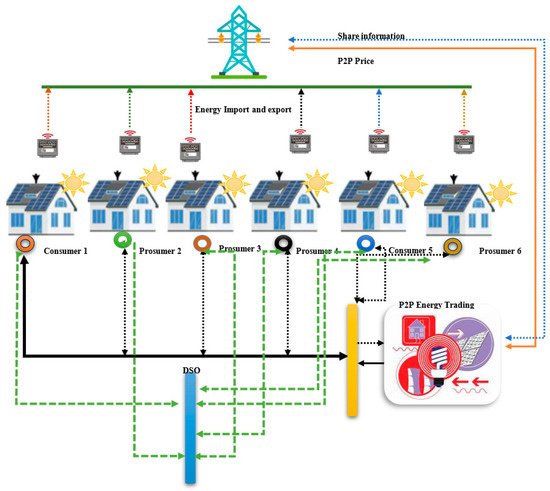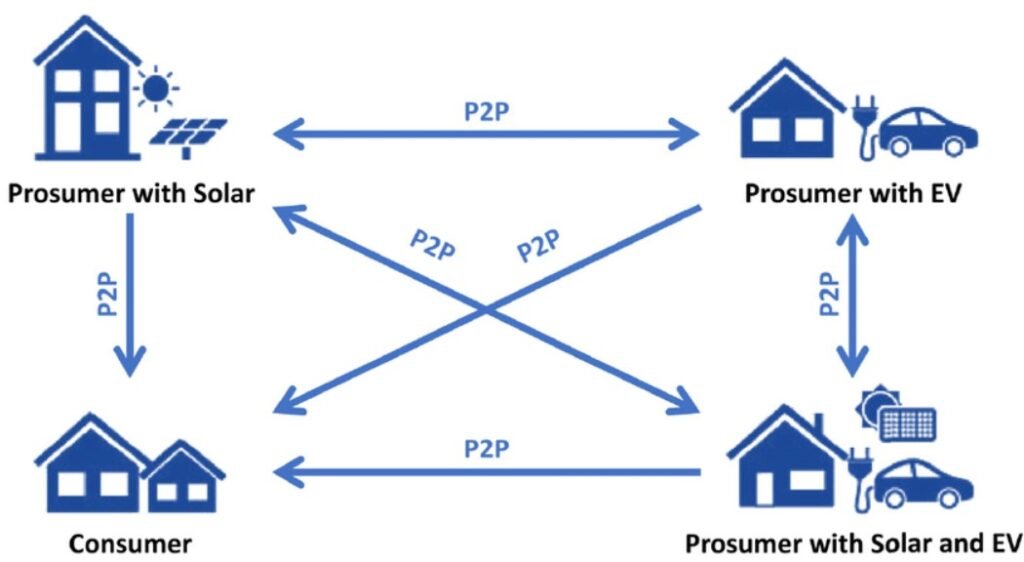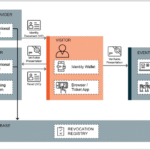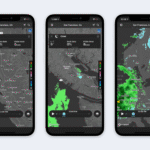The Future of Energy Isn’t Centralized
The energy space is evolving fast—and not in a straight line, but with tools like Polkadot and Svelte, it’s becoming smarter and more decentralized.. With more homes installing solar panels, smart meters, and even small wind turbines, a new question is emerging: why sell energy only to the grid? Why not trade it locally—with neighbors?
That’s where peer-to-peer (P2P) energy trading comes in. And if you’re like me—exploring how to build decentralized systems that actually make sense—combining Polkadot and Svelte for this is honestly a pretty solid start.
Why Peer-to-Peer Energy Trading?

Traditional energy systems are centralized. Energy flows from the power plant → to the grid → to your house. You pay the provider. It’s simple, but not always efficient—or fair.
Now imagine this: You generate excess energy with rooftop solar. Selling it back to the grid can be slow, bureaucratic, or just not profitable.
P2P trading flips the model. Instead of going through a big middleman, prosumers (people who produce and consume energy) can sell their surplus directly to others. Think microgrids. Think neighborhood energy markets.
But to make it work, you need trust, automation, and secure transactions. That’s where blockchain comes in.
Why Polkadot?
Let’s be honest—blockchain hype is everywhere. But Polkadot stands out for one key reason: it’s not just a blockchain. It’s an ecosystem of interoperable blockchains (called parachains).
Here’s why that matters for energy trading:
- Scalable and low-fee transactions: You’ll be dealing with microtransactions (e.g., 0.1 kWh). High gas fees? Game over. Polkadot keeps things cheap and fast.
- Cross-chain compatibility: Different apps (like billing, carbon credits, or regional tariffs) can interact without friction.
- Customizability: With Substrate, you can design your own chain logic—tailored tariffs, localized trading rules, green energy credits, and more.
You’re not boxed in. You build what works for your use case.
Why Polkadot & Svelte?
Svelte doesn’t mess around with a heavy virtual DOM. It compiles directly to clean JavaScript. The result? Fast load times, smoother UX, and less boilerplate code.
That’s a game-changer for decentralized energy platforms. You need:
- Quick dashboards
- Real-time updates
- Seamless interactions
- Mobile-friendly design
Svelte delivers all of that.
Also, for non-technical users, Svelte makes it easier to build clean, simple interfaces. Less friction. Less confusion. Better adoption.
What Does the Polkadot-Powered Platform Actually Do?
Here’s how the flow works:
- A user (say, a homeowner with solar panels) connects to the platform.
- They list how much extra energy they want to sell and at what rate.
- Other users nearby see available offers—maybe based on smart meter data—and choose to buy.
- Tokens are transferred. Energy is routed via the grid or local microgrid.
- Every transaction is logged transparently and verifiably on-chain.
No shady deals. No delays. Just open, trackable energy trading.
Real-World Use
This isn’t just theory. Pilot programs in places like Australia, Germany, and Japan are already doing this—albeit on small scales.
Where it really shines is in:
- Remote areas: Where central grid outages are common, local P2P trading can keep communities powered.
- Emergencies: After natural disasters, battery-equipped homes can sell power directly to neighbors.
- Urban micro-markets: Apartment buildings and co-ops can share solar and battery resources internally.
That’s flexibility centralized grids can’t offer.
Challenges to Keep in Mind
Let’s be real—this space is early, and there are some tough obstacles:
- Regulation: Energy markets are heavily controlled. Some regions may ban or limit P2P sales.
- Tech requirements: You’ll need accurate, real-time smart meters. Adoption varies.
- User adoption: Not everyone wants to manage energy or crypto tokens. Education is crucial.
Still, progress is happening. And Polkadot’s modular backend makes the technical side a little easier to manage.
Conclusion
This isn’t something you throw together over a weekend. It takes serious thought—technically and socially.
But if you care about decentralization and sustainability, this is one of the most impactful areas to explore.
- Polkadot gives you the scalable, secure foundation.
- Svelte makes the UI feel smooth and intuitive.
Together, you can build a decentralized energy platform that doesn’t just function—it feels good to use.
No hype. Just practical potential.
This space is wide open for builders who think differently.
Might be the right time to start sketching.
Read the our more blogs –Building a Decentralized Event Ticketing System with NEAR and Svelte


